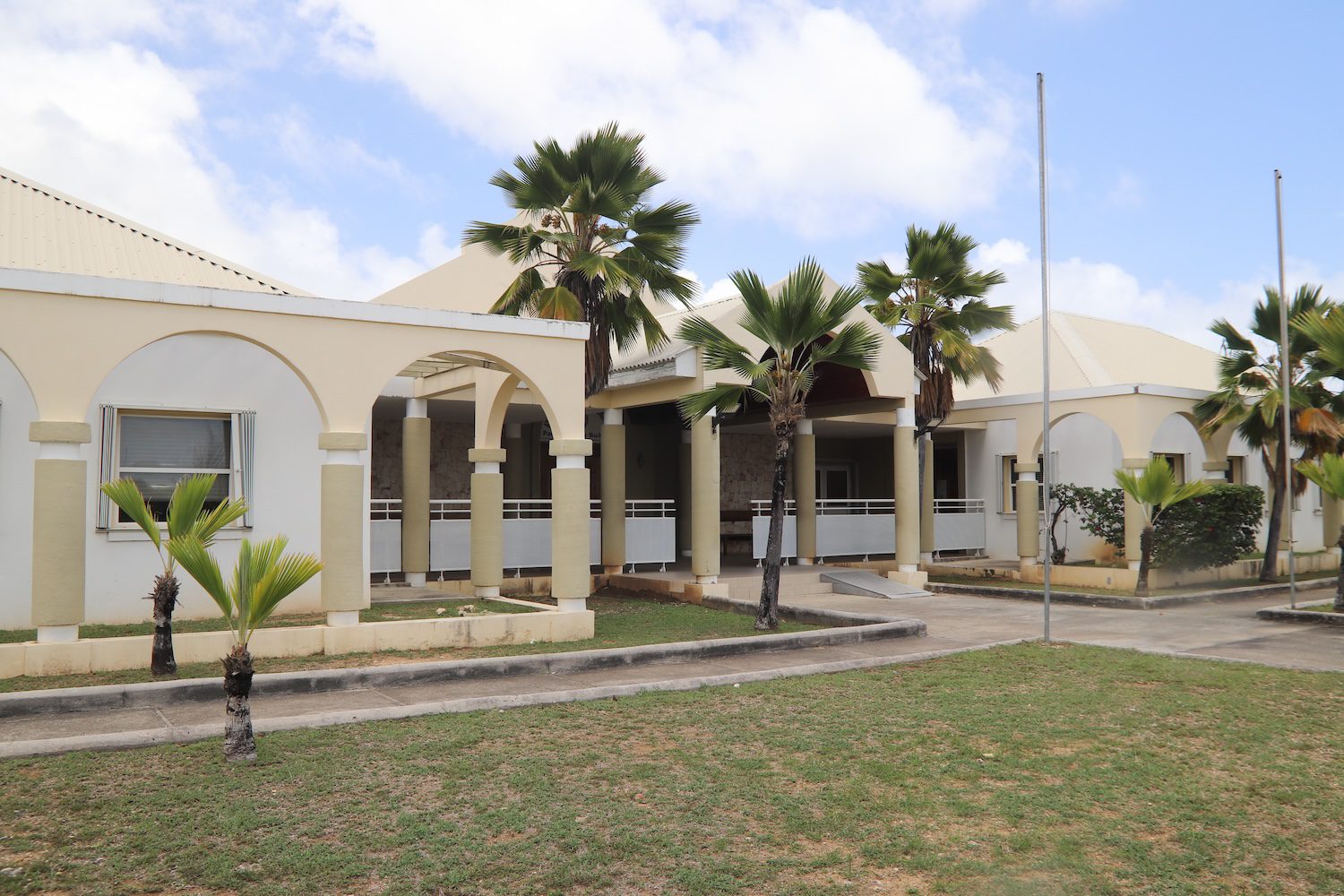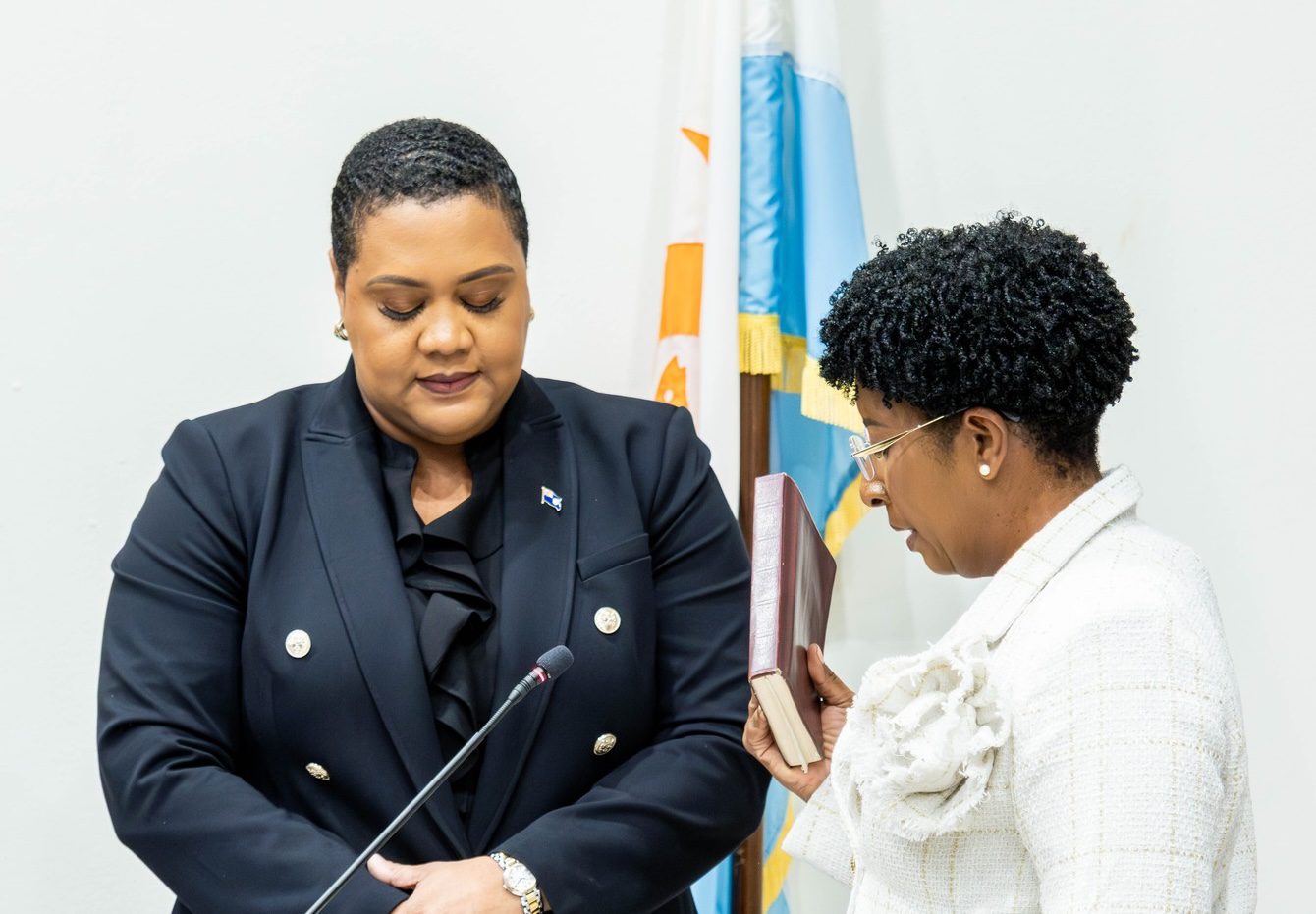The government has unveiled the Anguilla House of Assembly Strategic Plan 2025–2034, outlining key objectives for the law-making body over the next ten years.
The 63-page document identifies four main priority areas for attention and action – effectiveness and efficiency, independence, connectivity, and visibility.
Valley North representative Shellya Rogers-Webster presented the guiding framework to members during a meeting of the assembly on 14 October.
At Anguilla Focus we keep our core content free for everyone – but our members get access to even more! Click here to join from just $3 per month.
She explained that each priority area is supported by goals and strategies with measurable indicators to help monitor their progress and success.
An action plan for the first five years of the project proposes a “realistic” implementation schedule, Rogers-Webster added.
She went on to describe the 11 goals contained within each of the four priority areas.
Effectiveness and efficiency: Focuses on improving the legislative process and strengthening oversight of the executive. Examples include enhancing the progression of bills, reviewing procedure rules and training Public Accounts Committee members.
Independence: Aims to separate the assembly from the executive, ensure financial security and improve organisational accountability. Examples include legislating separation from the executive, implementing independent policies, and providing staff with training and resources.
Connectivity: Seeks to build public trust and engagement. Examples include school and tertiary outreach programmes, supporting the youth parliament and ensuring public access to proceedings.
Visibility: Strives to raise the assembly’s profile and make its work more accessible. Examples include branding initiatives and improving access to committee and house proceedings.
Following the first five years of implementation, an action plan for the second half of the strategic planning period will be required, Rogers-Webster explained.
A comprehensive monitoring and evaluation assessment will be conducted at this mid-way point to assess goal, strategy and indicator relevance, implementation effectiveness, and agency impact.
“The cornerstone of any successful country is a strong, well balanced and functioning assembly where we can carry out the work of the people in a very transparent and effective way, and I think this strategic plan does exactly that,” Rogers-Webster said.
The strategic plan was developed by the Anguilla House of Assembly Administration Committee, with guidance from strategic planning consultant Farah Mukhida between 2024 and 2025.
It was endorsed and recognised by the Executive Council on 18 September and moved by the Anguilla House of Assembly on 14 October.
Click here to read the plan in full.





